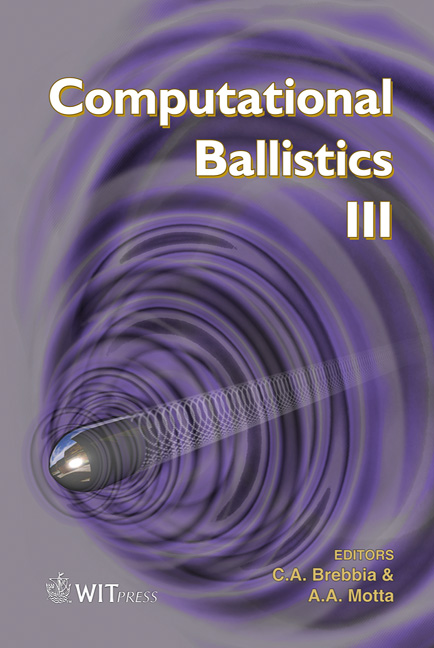Offshore Platforms Survivability To Underwater Explosions: Part I
Price
Free (open access)
Transaction
Volume
45
Pages
8
Published
2007
Size
1,028 kb
Paper DOI
10.2495/CBAL070111
Copyright
WIT Press
Author(s)
A. A. Motta, E. A. P. Silva, N. F. F. Ebecken & T. A. Netto
Abstract
Recent developments in the Brazilian oil industry led to the necessity to conduct offshore platforms underwater explosions (undex) survivability studies. The ongoing research has been segmented in parts, including theoretical and experimental correlated studies. Part of this study involves computer simulation, and, therefore, the necessary validation of the developed models used in such simulations. The existence of benchmark problems helped to establish a guideline to be followed in the study of underwater explosions effects on structural elements and simple and well-controlled experiments are being conducted to be used to calibrate the computer models. In this work, one of these benchmark problems is presented, along with its experimental implementation: a submerged aluminum cylinder submitted to the undex effects. This problem was proposed by Kwon and Fox in 1993. Results will be collected for the direct shockwave load, the bubble-produced shockwave load, and for both, although the primary interest relies on the shockwave effects. Keywords: underwater explosion, offshore platforms, simulation, survivability. 1 Introduction The underwater explosions (undex) terminal effects on semi-submerged steel structures, such as offshore platforms, is a very complex problem, in which individual parts failure can lead to buoyancy or stability problems that can result, in extreme cases, in the loss a platform or in irreversible environmental damage. Since the cost scale in this segment is in order of millions of US dollars, the savings are obvious, and it is imperative, thus, to understand how undex can
Keywords
underwater explosion, offshore platforms, simulation, survivability.




